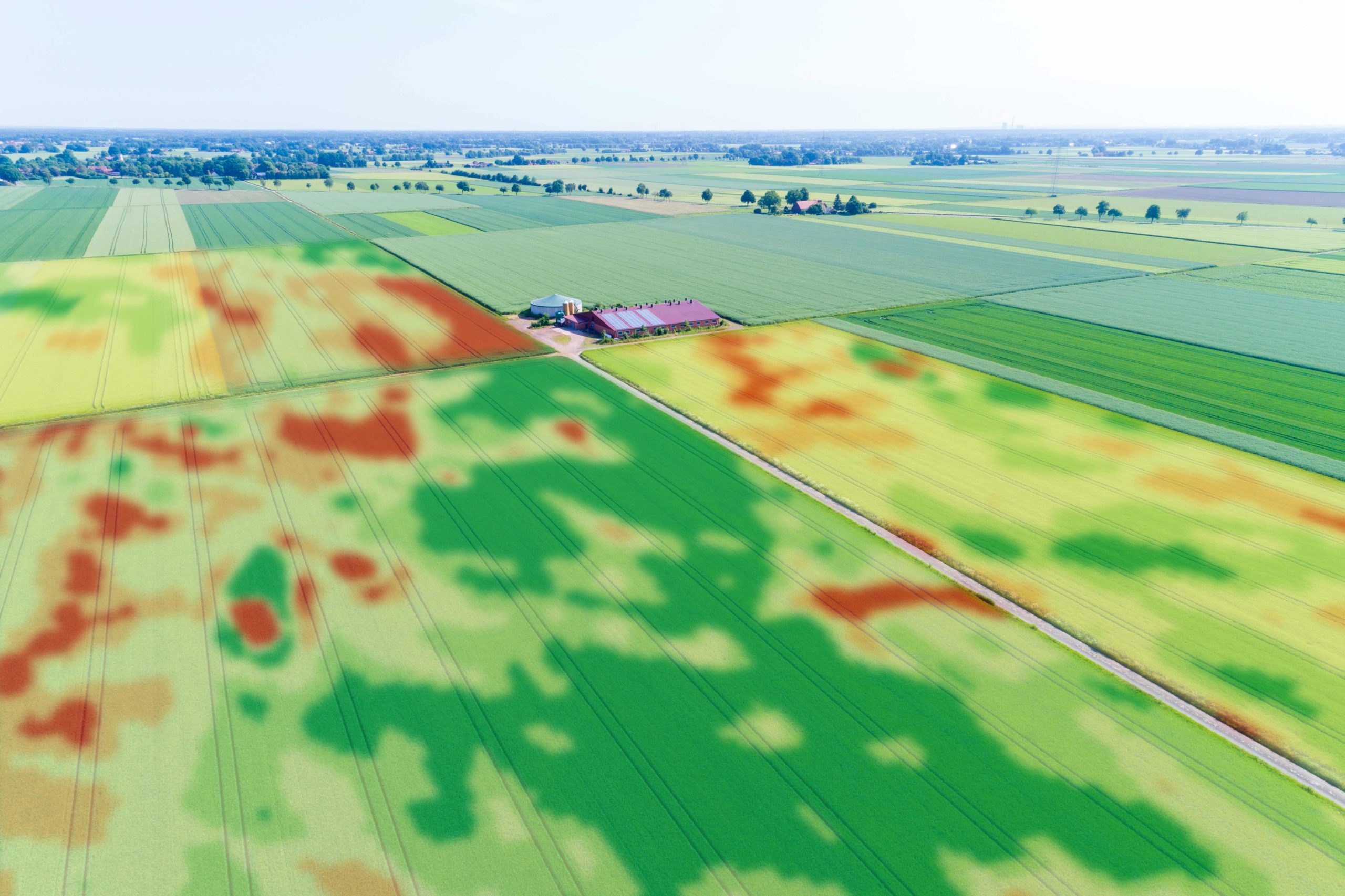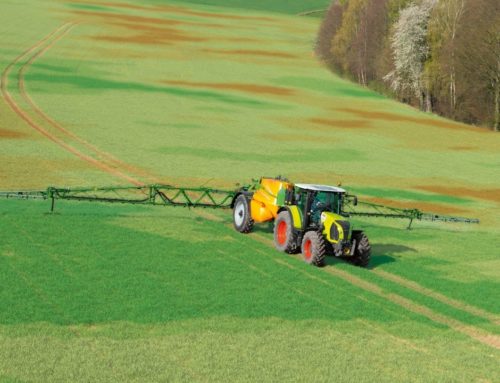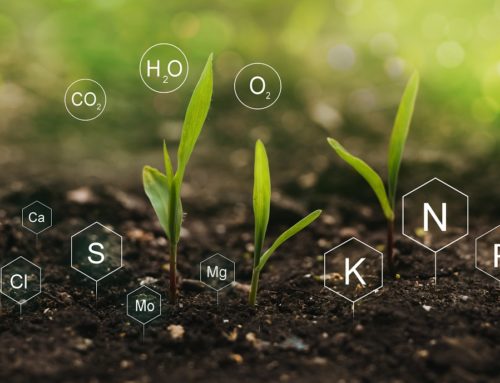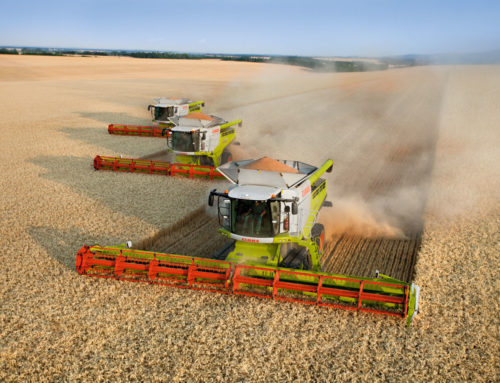Prerequisites for precision fertilisation
Precision farming and site-specific cultivation have been around for a long time in the agricultural sector. In fact, the technology has been developed and tested in practice since the 1990s. The science is based on various fields of research: improved sensor technology for analysing soil and plant properties on the one hand, and more advanced farm machinery-based technologies for recording and evaluating harvested crops on the other. Modern, site-specific fertiliser spreading equipment is also an area of focus – with the aim of detecting localised differences on farms to continuously improve plant growth. Data on soil properties, yield measurements and plant parameters are combined and integrated into maps to inform agricultural activities such as site-specific fertilisation. To ensure the data is optimally evaluated, it is worth using a farm software programme.
The aim of precision farming is to utilise fertiliser and seed more efficiently. It can therefore be assumed that precision farming enables farmers to achieve a higher contribution margin in crop cultivation. Consequently, the economic benefits may include lower costs due to reduced inputs or higher, better-quality yields. It can also be assumed that nutrient efficiency and productivity increase, while the risk to ground and surface water decreases. The advantages are however accompanied by costs related to data acquisition, software and farm machinery, which should be taken into account when evaluating precision farming technologies. Farmers need to carefully examine the extent to which precision farming actually reduces costs below the line. We present the critical factors relevant to this exercise in the next chapter.
Factors for evaluating precision farming
Precision farming can be applied to various agricultural activities. Drilling, fertilisation, plant protection and tillage can all be performed on a site-specific basis with the help of application maps. Improvements in fertiliser spreading, for example, are in the region of up to 50 percent of the regular application rate. Similar results can be achieved in drilling.
Studies also show that the seed rate can be significantly reduced without affecting yields. A reduction in the application rate can even be achieved with site-specific plant protection spraying. However, the active ingredients in plant protection products are often applied in combination, which means it is not always possible to reduce the spread rate without potentially compromising their efficacy. If the impact is too minimal, there is a risk of pathogen resistance. This is why the use of precision farming for plant protection should always be assessed on a case-by-case basis and planned precisely.
In terms of fertilisation, comprehensive trials analysing the efficiency of site-specific cultivation already exist within the precision farming domain. The economic viability of precision fertilisation depends on various factors, such as the investment required in order to use the technology in the first place. This includes the cost of site-specific spreading equipment and software. The local conditions and key metrics such as the farm size, area under cultivation, crop proportion and variability of the fields are also important when making an assessment. It is worth noting, of course, that on soils with minimal variation, the effect of site-specific fertilisation will be minimal. Staff training should also be factored into the calculation. The cost of acquiring information and training staff is often omitted, which then dilutes the accuracy of the assessment.
As such, a full costing is needed in order to draw robust conclusions. Several methods are available for examining the effects of precision farming: one option is to conduct parcel and strip trials to compare uniform and site-specific cultivation variants, and another is to use growth models to simulate the effects of adapted fertilisation on yields.

The potential of precision farming
The literature paints a varied picture when it comes to assessing the benefits of precision farming technology. The economic effects of an adapted fertilisation approach are assessed both positively and negatively. One reason for this is the high number of (mostly) uncontrollable environmental factors that make it hard to evaluate the effects quantitatively. It is also especially difficult to conduct field trials under stable conditions. In terms of the environmental effects, it has been proven that site-specific fertilisation can help to reduce environmental pollution from nitrate leaching in many areas. Evaluated field trials also prove that a higher contribution margin can be achieved in crop cultivation through the use of precision farming technology. However, the results are relatively wide ranging. Each individual farm should therefore investigate and decide on the financial viability of precision farming for their own operations.
Precision farming technology also enables the automatic documentation of crop cultivation activities and outcomes. From this point of view, there is an untapped treasure trove of data on every farm that can be used garner meaningful information on how to farm it efficiently. To start processing this influx of data, a suitable farm management information system such as the free basic version of 365FarmNet is required. The software enables farms to collect, connect and evaluate their farm business data. They can then use the information it produces as an important decision-making basis for crop cultivation activities. As such, the right farm software programme is a handy tool that can enable any farm to delve further into the topic of precision farming.
Press contact
Yasmin Moehring
Tel. +49 30 25 93 29–901
Mobil +49 151 17 28 18 69
moehring@365farmnet.com



